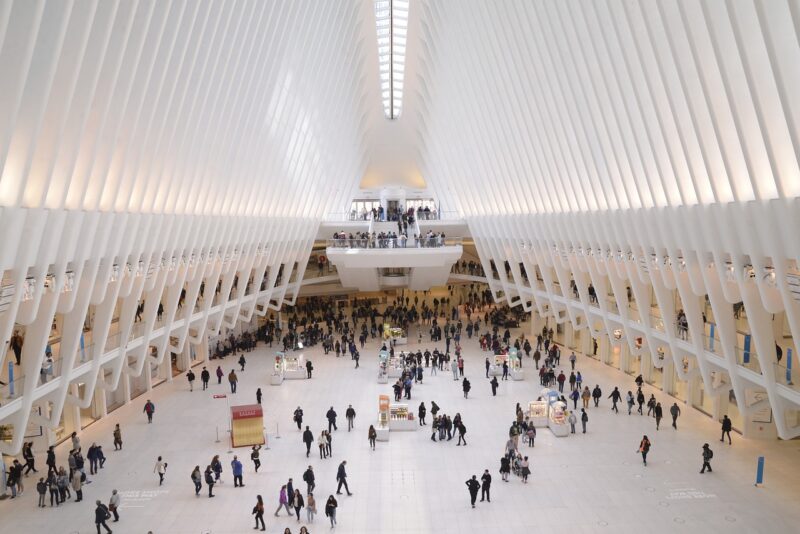The History of Public Parks: How Green Spaces Became a Sanctuary in Cities
November 16, 2024

Public parks have evolved from simple green spaces into essential urban oases that nurture our physical and mental well-being. With the rise of industrialized cities, the need for green areas became crucial for health, recreation, and environmental balance. This article explores the fascinating history of public parks, highlighting their transformative role over centuries and their significance in today’s urban landscapes.
1. Ancient Roots of Green Spaces
The idea of public green spaces dates back to ancient civilizations. Historic records show that gardens were integral to Egyptian, Greek, and Roman culture. The gardens of Babylon, designed as lush paradises, were considered one of the Seven Wonders. In ancient Rome, public parks known as “horti” were often built as magnificent spaces for leisure where citizens could retreat from bustling streets.
These early green spaces not only provided beauty but also served practical purposes: they supplied food and herbs, enriched the air, and were often sites for social gatherings. The concept of parks as communal spaces was gaining traction, setting the foundation for the evolution of public parks as we know them today.
2. Parks in the Middle Ages and Renaissance
During the Middle Ages, gardens became synonymous with nobility. Walled gardens were popular among the wealthy, acting as symbols of status and power while the general populace had limited access to public greens. However, the Renaissance marked a turning point. The creation of more formal gardens that emphasized symmetry and aesthetics began to influence how spaces were designed.
The famous Italian Renaissance gardens like those of the Villa d’Este demonstrated the human desire to create beauty and provide recreational spaces. They also reshaped public perception of nature’s role in urban environments, laying a philosophical groundwork that would eventually lead to the establishment of public parks.
3. The Birth of Modern Public Parks
The industrial revolution in the 18th and 19th centuries brought significant changes to cities worldwide. As people flocked to urban centers for work, overcrowding, pollution, and public health crises ensued. This turmoil prompted social reformers and urban planners to advocate for green spaces as a remedy.
This need culminated in the creation of significant urban parks:
- In 1858, Central Park in New York City became the first landscaped public park in the United States, designed by Frederick Law Olmsted and Calvert Vaux. This park became a model for many cities, emphasizing the need for natural spaces within urban environments.
- In 1860, the first public park in London, Victoria Park, was established to provide relief and recreation for the working class, signifying a new approach to public health and social equity.
- Cities across Europe and America quickly followed suit, producing green areas for public enjoyment and relaxation. Parks like Hyde Park and the Luxembourg Gardens became social hubs, uniting community members of varied backgrounds.
The establishment of these parks also sparked the emergence of landscape architecture as a profession, highlighting how the design of public spaces can have profound societal impacts.
4. Parks’ Significance in Urban Life Today
Modern public parks serve multiple purposes. They are not just areas for recreation; they also significantly improve urban ecology. Parks help reduce urban heat, filter air pollutants, and manage stormwater, making them essential components of sustainable city planning.
Moreover, public parks foster community spirit and wellbeing. Numerous studies have demonstrated the mental health benefits associated with access to green spaces. Parks provide a place for physical activities, gatherings, and leisure, promoting social interaction among diverse populations. An example is how parks became gathering spaces during public events, protests, and celebrations—becoming integral to the cultural fabric of cities.
During recent years, the COVID-19 pandemic further emphasized the importance of public parks. As many sought refuge from lockdowns by taking walks or gathering socially-distanced in parks, these spaces became vital to community health and resilience.
5. Challenges and The Future of Urban Parks
Despite their undeniable benefits, public parks face challenges in the contemporary context. Urbanization continues to push for space, often placing parks at risk of encroachment or neglect. Economic constraints can lead to underfunding, making it difficult to maintain the quality of these essential spaces.
Advocating for parks requires a multifaceted strategy:
- Investing in park maintenance and development to ensure that they remain inviting and accessible for all demographics.
- Encouraging community involvement in park activities, fostering connections between residents and their local green spaces.
- Utilizing innovative design for modern needs, such as incorporating features for biodiversity, habitat preservation, and adaptive spaces for recreation and community events.
The future of public parks depends on our commitment to sustaining and nurturing these vital resources so they continue to thrive as sanctuaries amid growing urban challenges.
Conclusion
Public parks have transformed over centuries from ancient gardens to vital urban sanctuaries. Their evolution reflects changing societal values and needs while offering crucial benefits for public health, community cohesion, and ecological balance. By understanding their rich history, we can advocate for and enhance the role of parks in our cities, ensuring they remain accessible, enjoyable, and sustainable for future generations. As we face new challenges in urbanization, the push to preserve and innovate our public parks will determine their legacy as essential components of urban life.
Public parks are not just patches of grass; they are vital for our collective health, well-being, and the environment. Their history is a testament to our shared humanity and environmental awareness. Let’s cherish them, protect them, and ensure they flourish in our ever-evolving cities.








